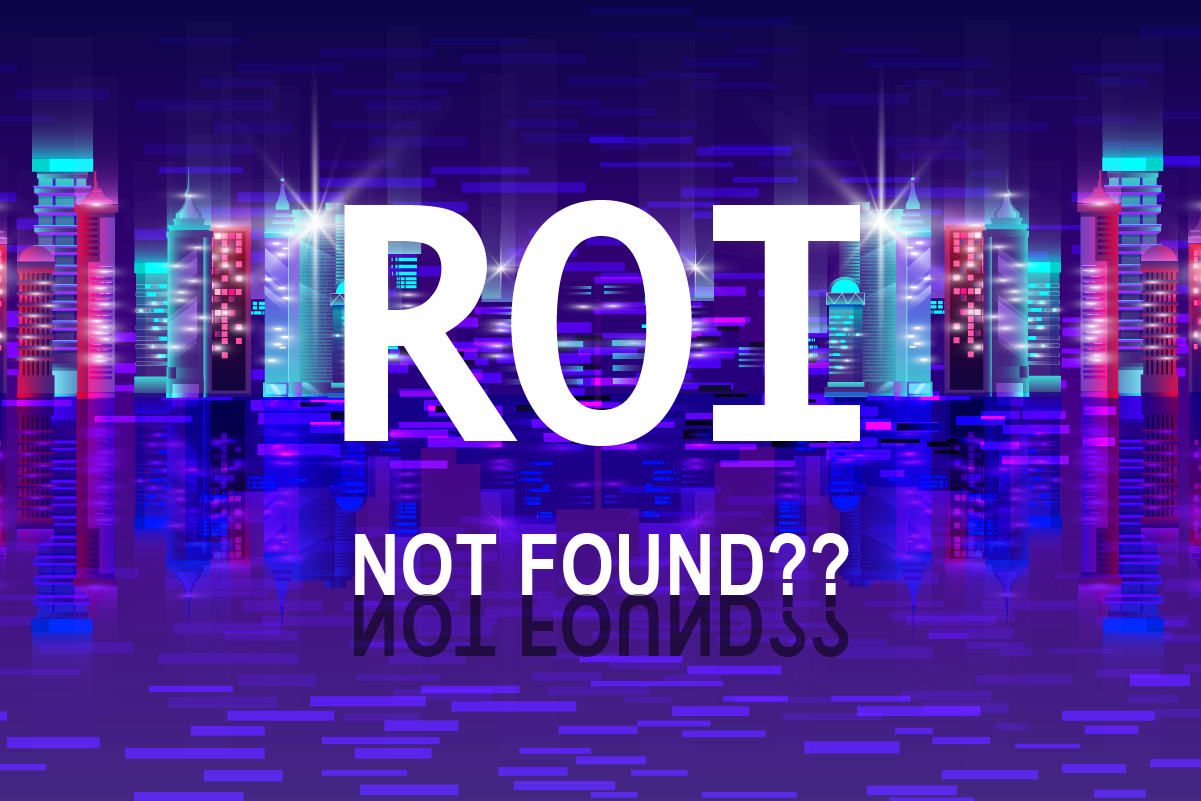
Top Branding Trends for 2024: Steering the Future of Your Brand
As we venture deeper into 2024, the landscape of branding continues to evolve at a rapid pace. The mix of technology, consumer behavior, and creative innovation shapes new trends that redefine how brands communicate, connect, and captivate their audience. Understanding and embracing these trends is crucial for businesses aiming to stay relevant and competitive. Their adaptation will not only set the tone for market leadership but also redefine customer engagement and brand loyalty.
1. Authenticity and Transparency: Building Trust in Every Interaction
In an era where consumers are bombarded with information, the brands that stand out are those that speak truthfully and act with integrity. This means more than just “green” initiatives or charitable donations; it involves making transparency a core part of the brand identity. For instance, brands can share behind-the-scenes insights into their production processes, decision-making, and how they handle challenges, making consumers feel like part of the journey. This trend toward authenticity and transparency is about creating a narrative that aligns with the real values and practices of the brand, ensuring that every claim is backed by tangible actions.
2. Personalized Experiences: The Next Level of Customer Engagement
The future of personalized branding extends beyond email marketing tailored to shopping habits. It’s about creating an ecosystem where every touchpoint with the brand is customized. Technologies like AI chatbots that provide real-time, personalized customer service, or augmented reality (AR) that allows consumers to see how products would look in their own home, are examples of how personalization can transform the customer experience. Brands will leverage data not just to predict consumer behavior but to anticipate needs and solve problems before they arise, setting new standards for customer engagement.
3. Digital-First Branding: More Than Just an Online Presence
A digital-first approach means that digital interactions are not an afterthought or an addition to the “real” strategy; they are the strategy. This includes optimizing for mobile-first experiences, as the majority of consumers engage with brands on their smartphones. It also means utilizing emerging platforms and technologies, like blockchain for enhanced security in transactions or leveraging TikTok for viral marketing campaigns, to engage with the digital-native audience on their terms. The key is creating a seamless and integrated brand experience across all digital platforms, where each element is thoughtfully designed to engage, delight, and convert.
4. Purpose-Driven Branding: A Commitment to Greater Causes
Brands that articulate and live by a purpose greater than profit will create deeper connections with their audience. This goes beyond occasional campaigns or messages and is about embedding the brand’s purpose into its business model, employee culture, and product development. For example, brands could develop products that directly address social issues, like creating sustainable packaging to combat pollution. In doing so, brands not only contribute to societal progress but also inspire their customers to be part of the change, creating a community around shared values and goals.
5. Visual and Audio Branding Evolution: Crafting Multi-Sensory Identities
The evolution in visual branding will see brands adopting more fluid and adaptable logo designs that can easily translate across different mediums and contexts, from digital screens to physical products. Simplicity, versatility, and visual storytelling will be key. On the audio side, with the rise of podcasts, smart speakers, and audio content, brands will focus on creating unique audio signatures that are as recognizable as their visual logos. This could mean a memorable jingle, a distinctive voice for voice-overs, or unique sound effects associated with the brand, enhancing brand recognition and emotional connection through sound.
6. Agile Brand Strategies: The Ability to Pivot and Prosper
Agility in branding means being prepared to evolve and respond to the market with speed and creativity. It’s about having a strategic foundation but also the flexibility to experiment with new ideas, channels, and messages. This could involve rapid prototyping of new products, testing different marketing messages across platforms, or even changing aspects of the brand identity to stay relevant. The agile brand is one that views change not as a threat but as an opportunity for growth and innovation.
Navigating the Future of Branding
The branding trends for 2024 emphasize the importance of authenticity, personalization, digital innovation, and agility in crafting brand strategies that resonate with modern consumers. By understanding and embracing these trends, brands can navigate the complexities of the digital age, forging meaningful connections with their audience and setting new benchmarks for success in the competitive market landscape. The future of branding is not just about selling a product or service; it’s about creating a brand experience that is memorable, meaningful, and magnetic.
Need Specific Help?
Interested in a specific topic? Review the topics below to get the info, news, and tips you need!


















































![HubSpot Partner Day 2019 [Recap] 51 ADC partner day 1200x630 1](https://www.atomicdc.com/wp-content/uploads/2019/09/ADC-partner-day-1200x630-1.jpg)



![30 Awesome HubSpot Tools That Won’t Cost You a Dime [Free Inbound Marketing Tools] 55 30 hubspot tools that won't cost you a dime](https://www.atomicdc.com/wp-content/uploads/2019/06/ADC-30-hubspot-tools.jpg)









































































